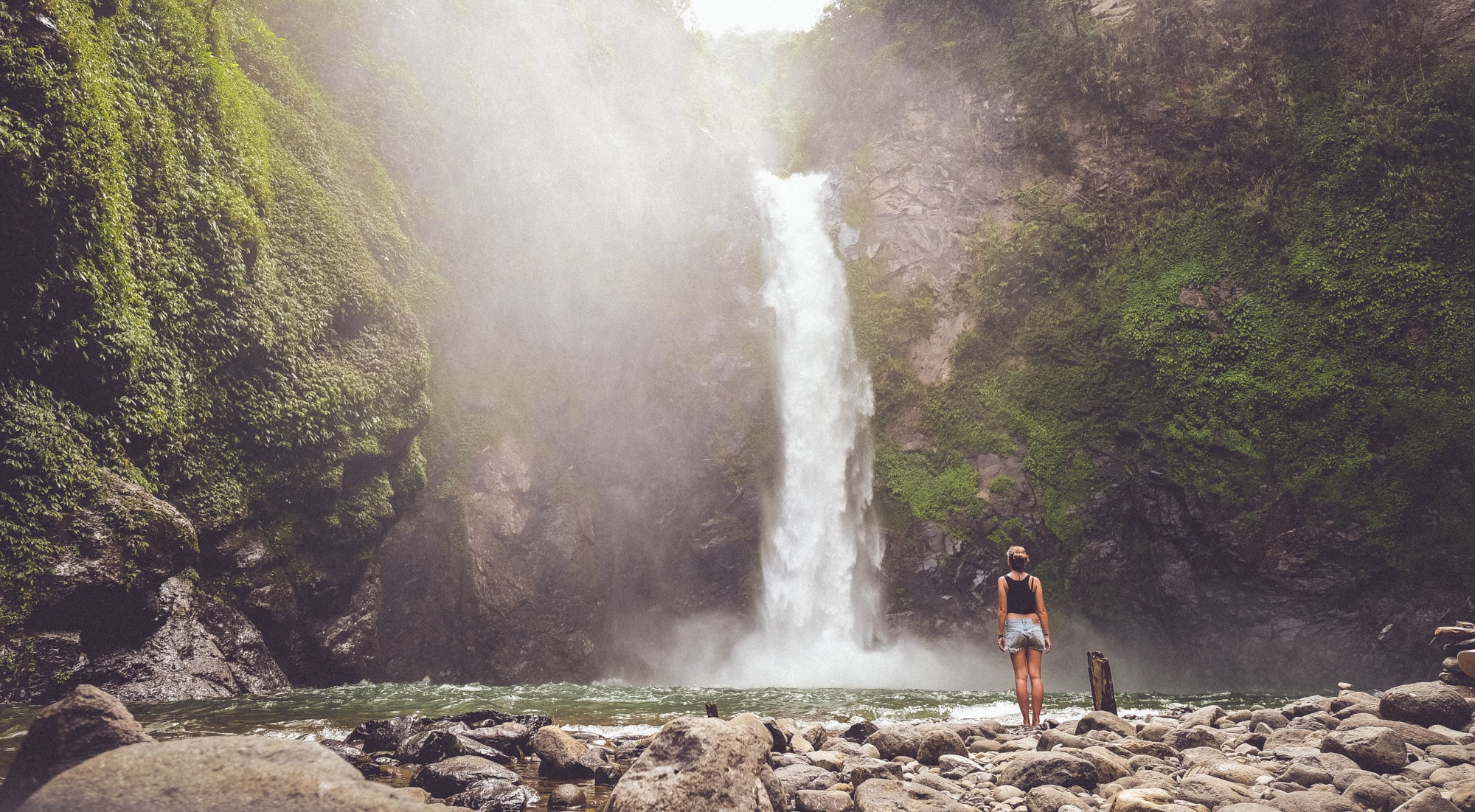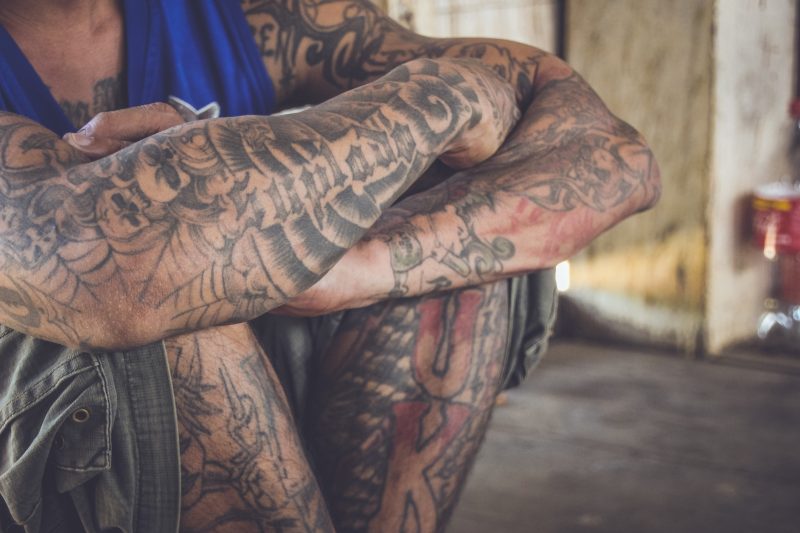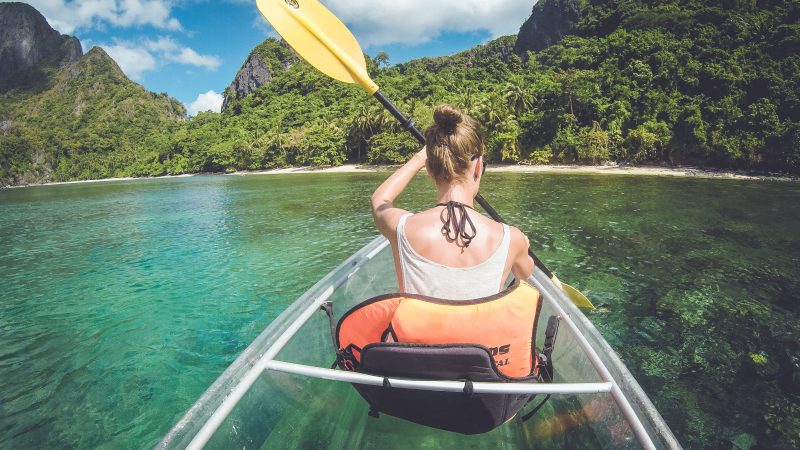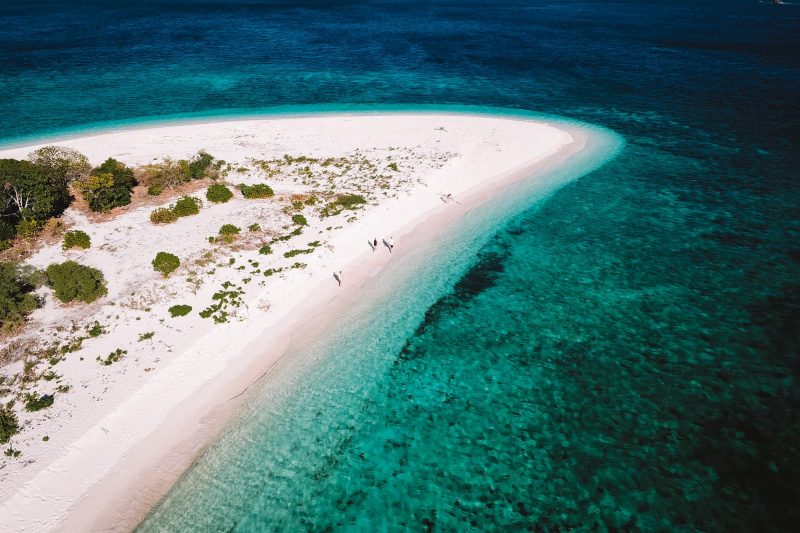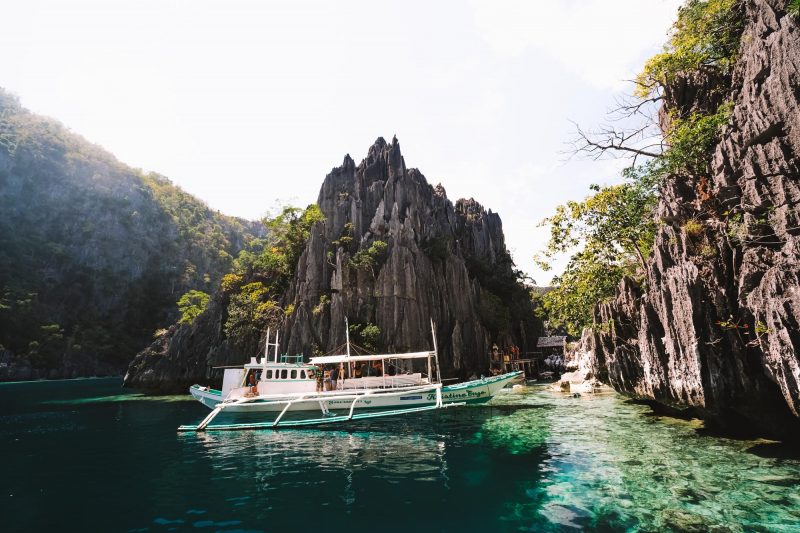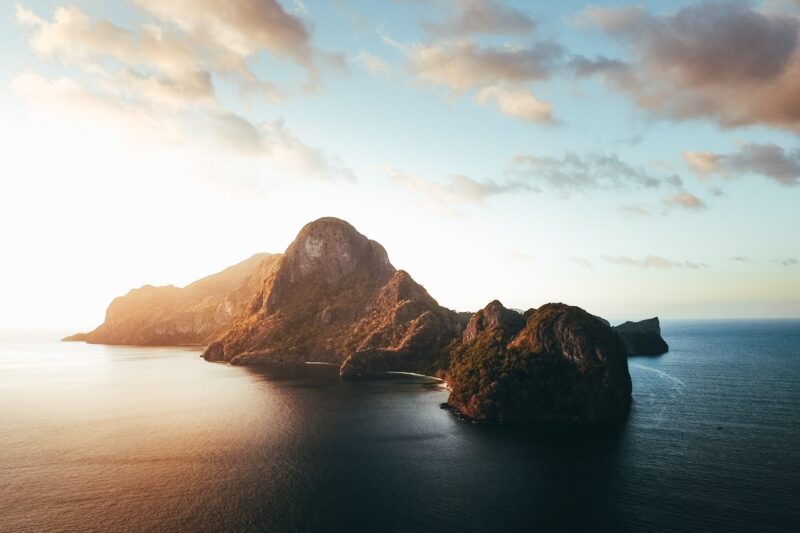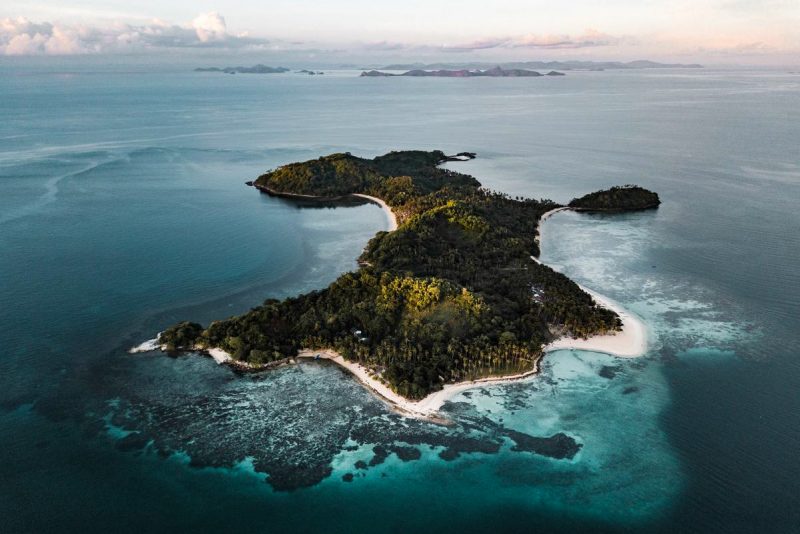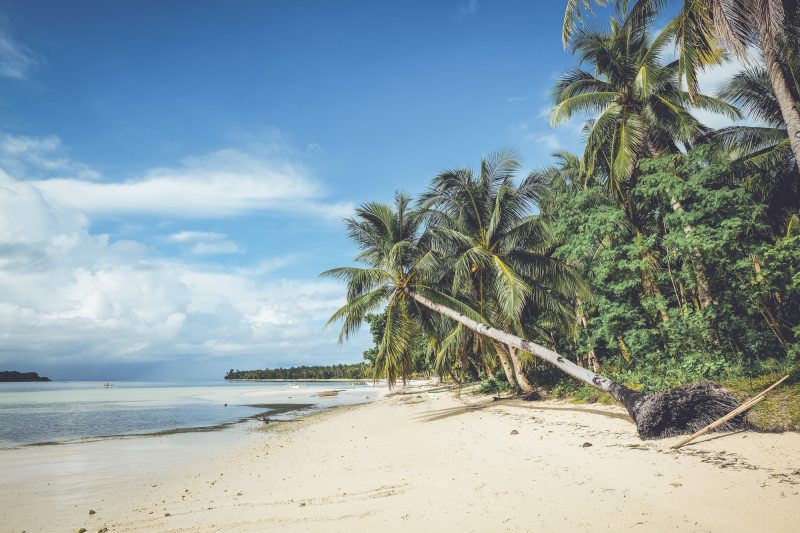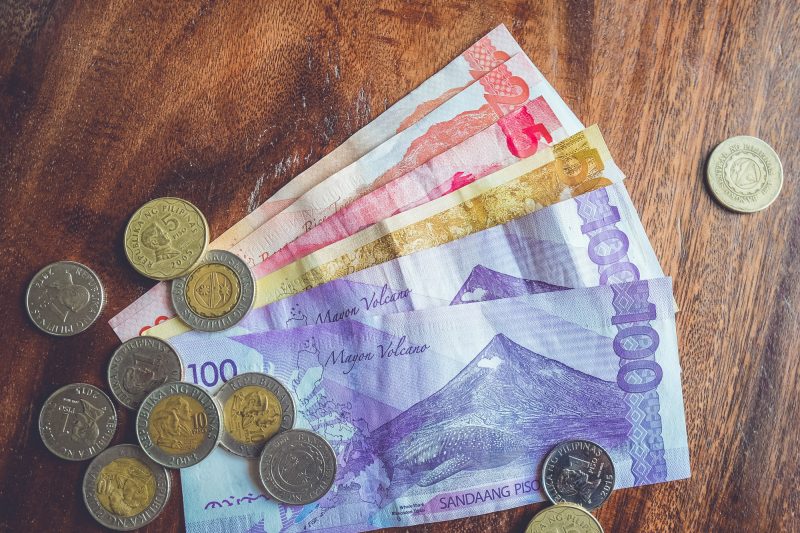The Philippines has the reputation of being an unsafe travel destination for many people. This perception is understandable due to news reports of kidnappings, bombings, and the current president’s war on drugs. But how unsafe or safe is it really? And what do you, as a traveler, experience amidst all this unrest? We’ll answer these questions here to alleviate your concerns and provide tips for a safe journey through the Philippines. It’s one of our favorite destinations and a paradise on earth. You just need to know where to go and where not to.
We update this article approximately every 6 months or when there are significant changes.


How realistic is online travel advice?
So, you’re considering a trip or vacation to the Philippines. Good choice! But when you then you start reading some travel advice online, you suddenly become less sure about your decision. Understandable, because if you’ve never been there and read about typhoons, kidnappings, bombings, and terrorists, it sounds very different from paradisiacal beaches, friendly locals, volcanoes, and stunning rice fields. The Philippines comprises more than 7,000 islands, and yes, there are indeed places you should avoid. But because they’re all islands, there are very clear boundaries between where it’s safe to travel and where it’s not. In the southern Philippines, there are active Muslim extremists who do indeed carry out bombings and kidnap tourists. But on an island like Siargao, it’s perfectly safe. This, while Siargao is only a few kilometers (miles) away from the ‘unsafe’ area. So, it makes a huge difference which islands you visit, and that’s why you should take the travel advice with a grain of salt. The fact that there’s unrest somewhere in the country certainly doesn’t mean that everywhere is unsafe.

Areas to Avoid
You should avoid the southern part of Palawan, below Puerto Princesa, and you definitely don’t want to go to Mindanao. That’s the large island in the south that’s entirely orange and red. Puerto Princesa, however, is safe.

Additionally, there’s Manila, the capital of the Philippines. It’s best not to spend too much time here because it’s not a very beautiful or enjoyable city. If you do stay in Manila, Makati is the best and safest district. It’s wise to download the Grab app and use it to arrange your taxi rides. This works perfectly and is the safest way to get around in Manila. Other taxis might try to rip you off. You can buy a local SIM card from Smart or Globe, which will give you access to the internet at all times and allow you to use Grab.
Tip: Lub d Philippines is a nice hotel to sleep for one or two nights in Manila. You can really relax here after the long flight to the bustling Manila, and it’s located in the safe district of Makati.

Safe Travel Route for the Philippines
We’ve been to the Philippines several times and have visited quite a few different islands. Based on that, we’ve compiled the ultimate travel route for the Philippines for about 3 to 4 weeks. This travel route takes you to the most beautiful and unique places. All the places on this travel route or other islands we’ve written about are perfectly safe to travel to.


Conclusion: How Safe is Traveling in the Philippines?
Is the Philippines a safe travel destination? Yes and no. There are certain areas where tourists should not go. If you avoid these areas and follow our travel route, you’ll be able to travel very safely and probably won’t encounter any issues. In other words, you’ll have a fantastic trip. The people are extremely friendly, and except for Manila, it’s fantastically beautiful. So, don’t worry too much about safety and feel free to plan a trip to this paradisiacal country!

